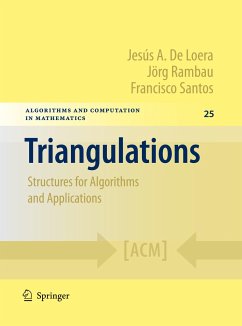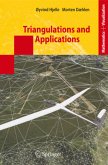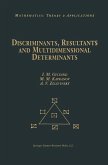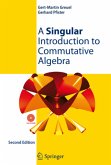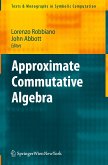Triangulations appear everywhere, from volume computations and meshing to algebra and topology. This book studies the subdivisions and triangulations of polyhedral regions and point sets and presents the first comprehensive treatment of the theory of secondary polytopes and related topics. A central theme of the book is the use of the rich structure of the space of triangulations to solve computational problems (e.g., counting the number of triangulations or finding optimal triangulations with respect to various criteria), and to establish connections to applications in algebra, computer science, combinatorics, and optimization. With many examples and exercises, and with nearly five hundred illustrations, the book gently guides readers through the properties of the spaces of triangulations of "structured" (e.g., cubes, cyclic polytopes, lattice polytopes) and "pathological" (e.g., disconnected spaces of triangulations) situations using only elementary principles.
From the reviews:
"Focusing on the structure of the set of all possible triangulations ... the current study sits at the threshold of geometry and combinatorics ... . offering terra firma to students still struggling with abstraction, the central theorem ... only dates to 1989, so the present elaboration carries readers to the frontiers of research. ... It is unusual to find such a leisurely, generous exposition of a new subject, as replete with illustrations as contemporary calculus textbooks. ... Summing Up: Recommended. Upper-division undergraduates through professionals." (D. V. Feldman, Choice, Vol. 49 (1), September, 2011)
"This book masterfully presents the theory of triangulations of (the convex hull of) a point set alongside many appealing applications in algebra, computer science, combinatorics, and optimization. ... The writing is thorough and engaging, assisted by clear (and numerous) illustrations, and many exercises for the reader. Graduate students and researchers in any area in which triangulations of points set configurations play a role will find this book a comprehensive and most useful reference." (Matthias Beck, Zentralblatt MATH, Vol. 1207, 2011)
"Focusing on the structure of the set of all possible triangulations ... the current study sits at the threshold of geometry and combinatorics ... . offering terra firma to students still struggling with abstraction, the central theorem ... only dates to 1989, so the present elaboration carries readers to the frontiers of research. ... It is unusual to find such a leisurely, generous exposition of a new subject, as replete with illustrations as contemporary calculus textbooks. ... Summing Up: Recommended. Upper-division undergraduates through professionals." (D. V. Feldman, Choice, Vol. 49 (1), September, 2011)
"This book masterfully presents the theory of triangulations of (the convex hull of) a point set alongside many appealing applications in algebra, computer science, combinatorics, and optimization. ... The writing is thorough and engaging, assisted by clear (and numerous) illustrations, and many exercises for the reader. Graduate students and researchers in any area in which triangulations of points set configurations play a role will find this book a comprehensive and most useful reference." (Matthias Beck, Zentralblatt MATH, Vol. 1207, 2011)

